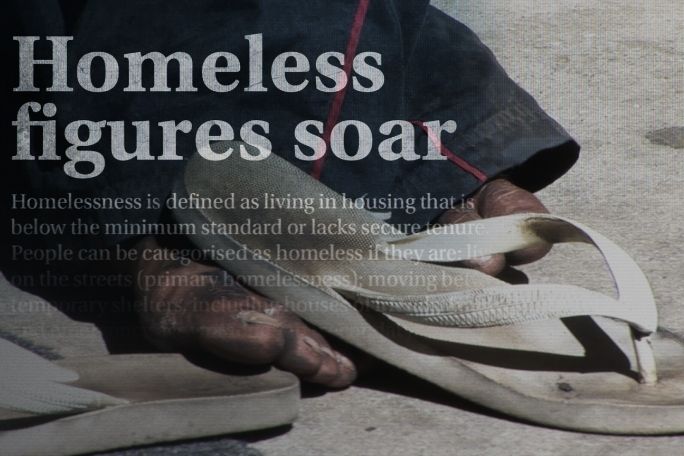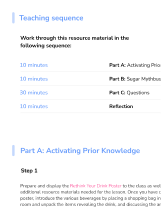Lesson summary
In this lesson, students will watch a short clip from Life After The Oasis to help understand the role social institutions play in reducing the number of people experiencing homelessness in Australia. They will engage with a short presentation to build a better understanding of the concept of government policy. Students will read sections of the 2008 White Paper The Road Home: A National Approach to Reducing Homelessness, and respond to a set of questions aimed at deepening their understanding of the paper. Students will participate in a Jigsaw Classroom activity in which they will read and analyse an article or factsheet, and make assertions about the effectiveness of the Australian Government’s 2008 policy to reduce numbers of people experiencing homelessness. They will reflect on their learning by completing an “I used to think…Now I think…” reflection activity.
Learning intentions:
Students will...
- understand the role of government in addressing social issues
- understand the purpose of a government policy
Success criteria:
Students can...
- make connections between a social issue and a government policy response
- evaluate the effectiveness of a government policy, using evidence
Lesson guides and printables
Curriculum links
Select your curriculum from the options below.
Lesson details
Curriculum mapping
Australian curriculum content descriptions:
Year 9 Civics and Citizenship:
- The process through which government policy is shaped and developed, including the role of Prime Minister and Cabinet (ACHCK103)
- Critically evaluate information and ideas from a range of sources in relation to civics and citizenship topics and issues (ACHCS084)
- Present evidence-based civics and citizenship arguments using subject-specific language (ACHCS088)
General capabilities: Literacy, Ethical Understanding, Critical and Creative Thinking, Personal and social capability,
Relevant parts of Year 9 achievement standards: Students analyse a range of factors that influence identities and attitudes to diversity. They reflect on how groups participate and contribute to civic life. They compare and account for different interpretations and points of view on civics and citizenship issues.
Unit of work: Life After The Oasis – Civics & Citizenship
Time required: 120 mins
Level of teacher scaffolding: Medium – facilitate class discussion and coordinate collaboration between students
Resources required
- Student Worksheets – one copy per student
- Device capable of presenting a video to the class
- Handling Sensitive Topics And Controversial Issues Factsheet (optional)
- Understanding Policy Presentation
- “The Road Home”, White Paper Excerpts – one per student
- 2019 National Report Card On Youth Homelessness – one set of actions per group
Skills
- Adaptability
- Communication
- Collaboration
- Empathy
- Social skills
Additional info
This resource has been adapted from ‘Teaching Social Issues Through English’ developed with the English Teachers Association NSW and the ‘Youth Homelessness Matters Resource’ developed by Janice Atkin. You can find these resources here.


Welcome back!
Don't have an account yet?
Log in with:
Create your free Cool.org account.
Many of our resources are free, with an option to upgrade to Cool+ for premium content.
Already have an account?
Sign up with:
By signing up you accept Cool.org's Terms and Conditions(Opens in new tab) and Privacy Policy(Opens in new tab).